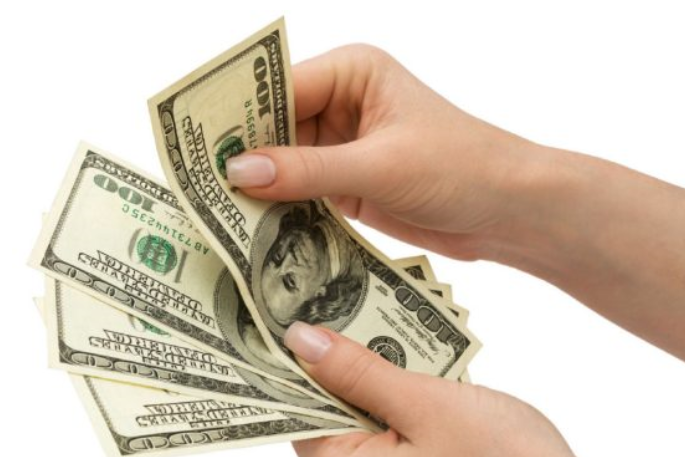Sometimes when I do online banking, a message pops up reminding me that my bank has the largest network of ATMs in Canada that dispense U.S. dollars.
That’s meant to be reassuring. But with the current rates of exchange, it’s like your dentist opening an office closer to your home, but saying he still isn’t using anesthetic to pull teeth. Convenient, but painful.
At this time of year, many Canadians are paying more attention to currency swings. Some are financing kids at American universities, where the cost is now a third higher than it was two years ago on the exchange rate alone.
More than three million Canadians travel to Florida each winter and many in Ontario bought vacation homes with the dollars at par and U.S. real estate in the dumps.
So it hurts when your local branch quotes $1.3606 Canadian as the cost to buy one U.S. dollar, as it did for me. At that rate, $1,000 (U.S.) would cost $1,360. Or, the other way round, $1,000 Canadian gets you $735 American dollars.
You can’t change the loonie’s trajectory, but you can find cheaper places than your bank to buy foreign currency.
Readers frequently ask why the exchange rate quoted in the Business section is not the rate they pay. Part two of the question is, where can they get a better deal?
The answer to the first question, says Rahim Madhavji, president of Toronto’s Knightsbridge Foreign Exchange, is that the quote you see in the Star is the mid-market rate, not the consumer rate. The mid-market rate is the one banks use to buy and sell currency among themselves for sums in the millions.
The rate we pay, Madhavji says, is between 2½ to 3 per cent higher because at the retail level, the banks tack on a fee. While your restaurant bill comes with food, liquor and tax recorded separately, your currency conversion comes with just a total.
Geoff Dillon, CIBC’s public affairs vice-president, explains that the rate his bank charges includes “the costs of buying foreign currencies and making them available through branches and ATMs, so clients can have access to U.S. dollars where and when they need them.” Hence the markup.
Read the full post in Toronto Star


Leave a Reply